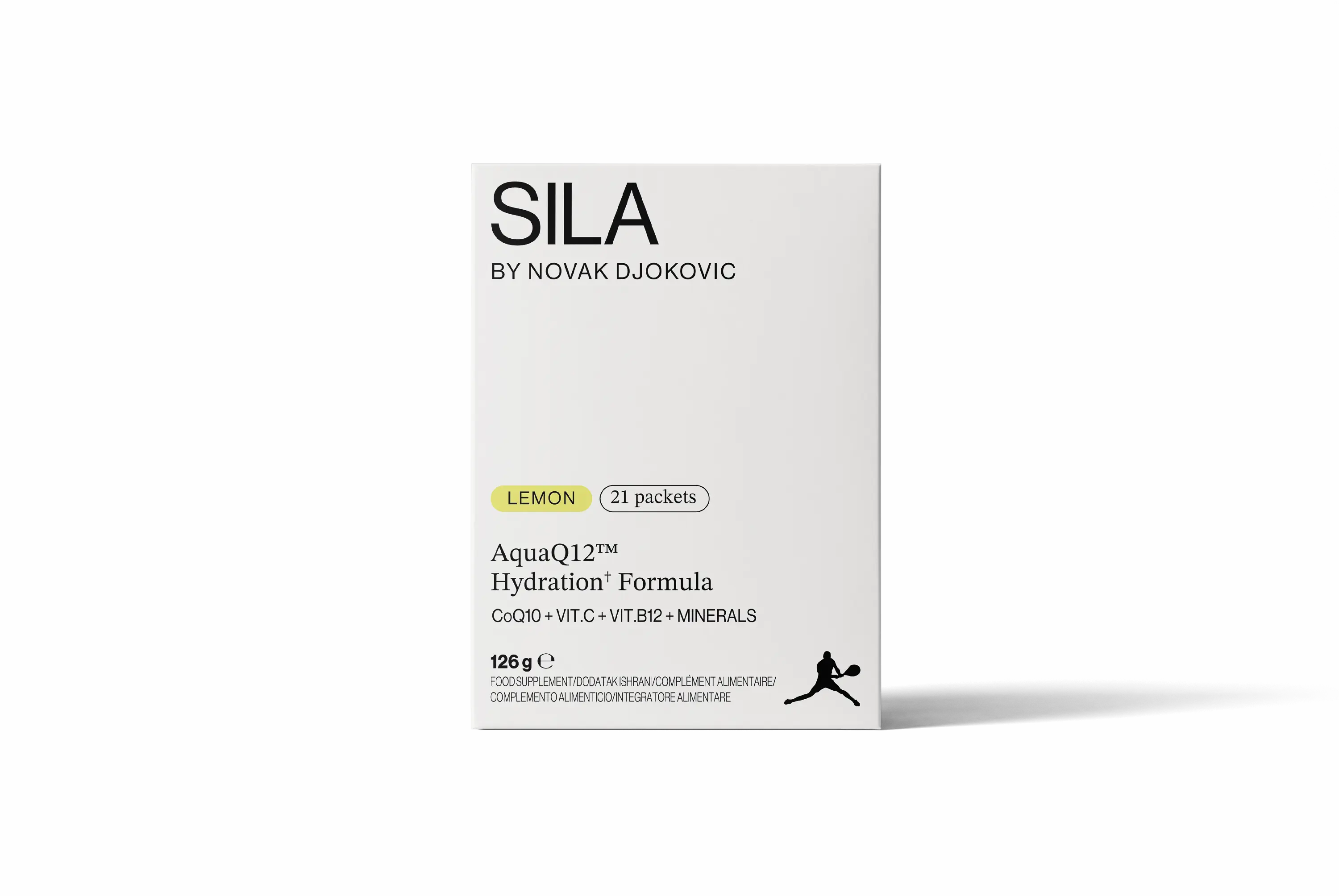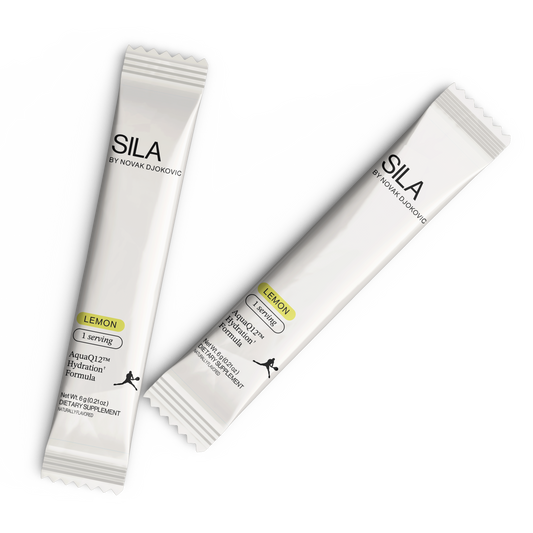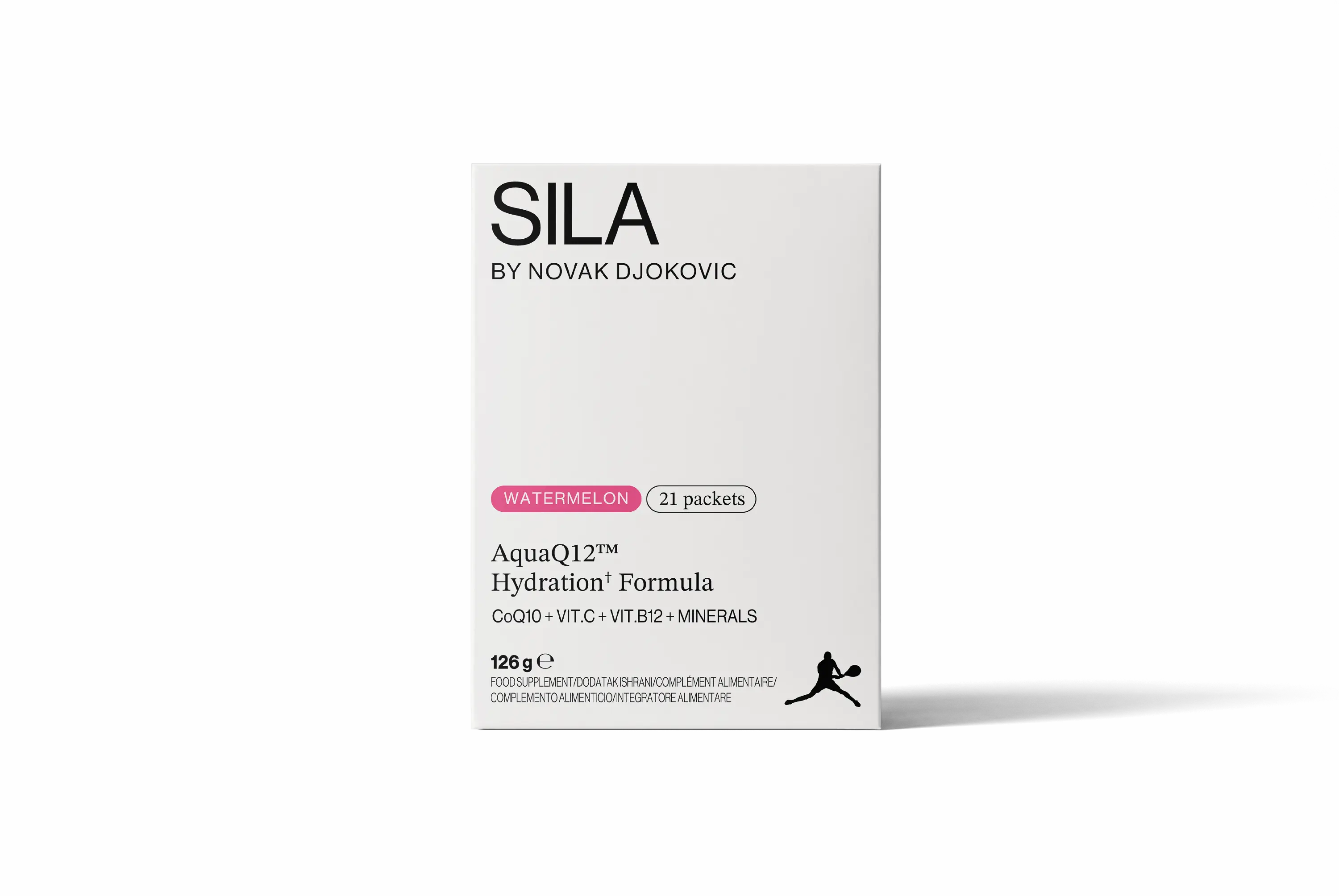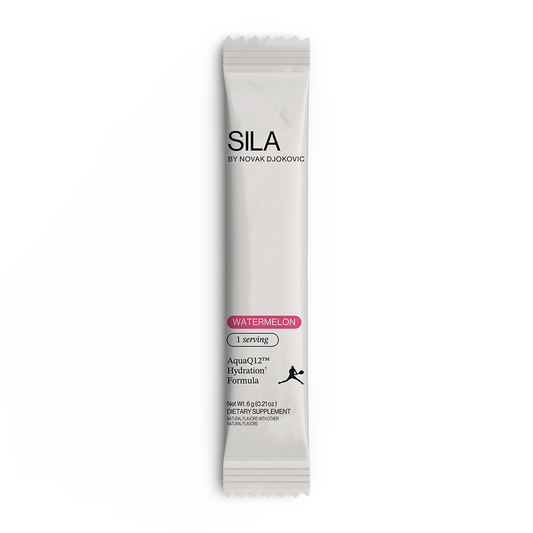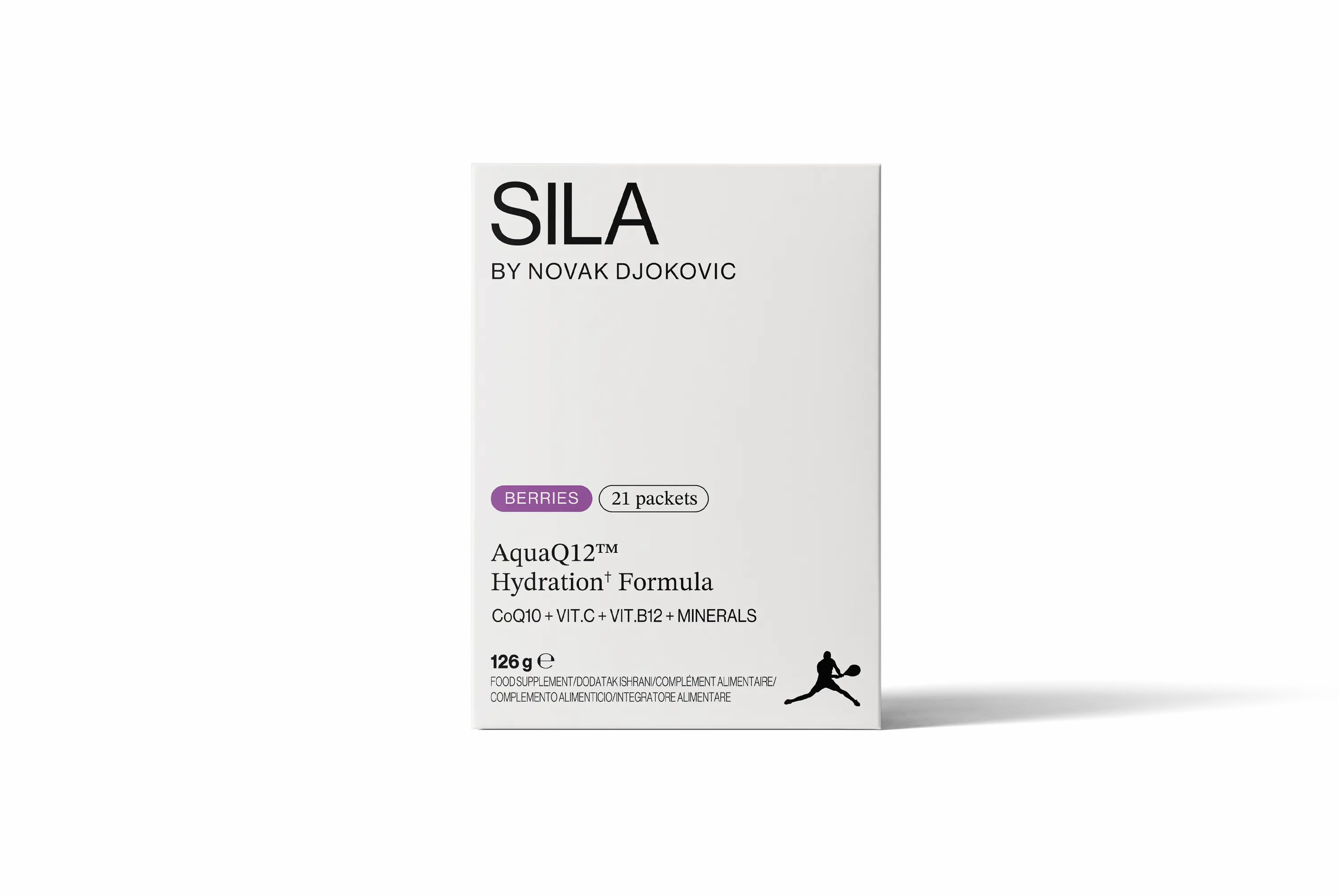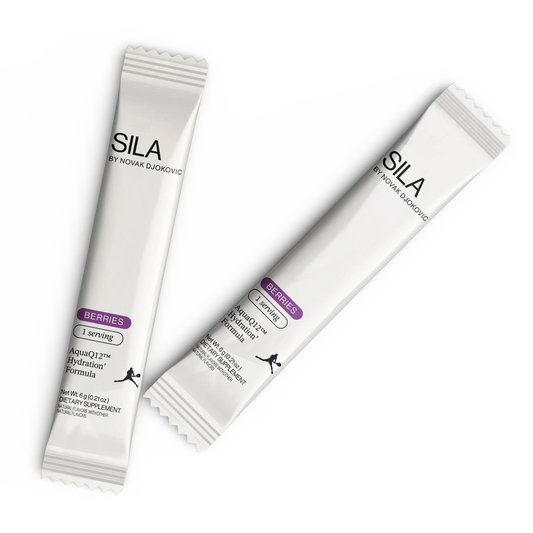Abstract
Particle size plays a critical role in the bioavailability and efficacy of nutraceutical formulations, particularly for lipophilic compounds such as Coenzyme Q10 (CoQ10) and hydrophilic compounds like Vitamin B12. This study focuses on the nanoscale particle size distributions of advanced CoQ10 and Vitamin B12 formulations, measured using Dynamic Light Scattering (DLS). By achieving particle sizes within the nanometer range, these formulations enhance absorption, cellular uptake, and functional bioactivity. The findings highlight the importance of precise particle size engineering in developing next-generation nutraceuticals.
Introduction
The effectiveness of nutraceuticals often hinges on their ability to be absorbed and utilized at the cellular level. For compounds like CoQ10, a lipophilic molecule, and Vitamin B12, a hydrophilic but complex molecule, particle size directly influences bioavailability. Nanoscale formulations have emerged as a transformative solution, leveraging reduced particle size to improve solubility, stability, and interaction with biological membranes. This article examines particle size analysis data from nanoscale CoQ10 and Vitamin B12 formulations and explores its implications for their efficacy.
Methods: Dynamic Light Scattering Analysis
Dynamic Light Scattering (DLS) was used to determine the particle size distribution and polydispersity index (PdI) of CoQ10 and Vitamin B12 formulations. The samples—identified as SILA Aqua™ REDI Q10 and REDI B12 —were analyzed at 25°C in water dispersions. Key parameters included a laser wavelength of 633 nm, backscatter detection at 173°, and a temperature equilibration period of 180 seconds. The Z-average (intensity-weighted mean diameter) and PdI values were calculated to assess size uniformity.
Results: Nanoscale Particle Distribution
-
Coenzyme Q10 (SILA Aqua™ REDI Q10)
Z-Average Size: 66.8 nm
Polydispersity Index (PdI): 0.627
Intensity Peaks: 231.2 nm (70.9%), 21.9 nm (29.1%)
The particle size distribution demonstrates a predominant nanoscale range, with over 70% of particles clustering at 231.2 nm. The PdI value suggests moderate size heterogeneity, indicating stable dispersion with minimal agglomeration.
-
Vitamin B12 (SILA Aqua™ REDI B12)
Z-Average Size: 168.8 nm
Polydispersity Index (PdI): 0.219
Intensity Peaks: 209 nm (100%)
The analysis reveals highly uniform particle sizes, with all particles measured at 209 nm, and a low PdI value indicating excellent stability. These characteristics enhance the bioavailability of Vitamin B12, particularly in systems with limited absorption pathways.
Discussion
Importance of Particle Size in Bioavailability
Particle size affects the rate and extent of absorption of bioactive compounds. Smaller particles offer a larger surface area, improving solubility for lipophilic molecules like CoQ10. The nanoscale distribution observed for SILA Aqua™ REDI Q10 aligns with enhanced cellular uptake and interaction with mitochondrial membranes, where CoQ10 exerts its primary bioenergetic functions.
For Vitamin B12, the uniform particle size distribution in the nanoscale range optimizes transport through intrinsic factor-mediated pathways, crucial for this nutrient's absorption in the gastrointestinal tract.
Polydispersity Index as a Measure of Stability
The PdI values for SILA Aqua™ REDI Q10 and REDI B12 indicate differing degrees of homogeneity. While CoQ10 exhibits moderate heterogeneity, the near-monodisperse profile of Vitamin B12 suggests enhanced stability, reducing the risk of aggregation and ensuring consistent bioavailability.
Implications for Nutraceutical Formulations
These findings demonstrate the potential of nanoscale engineering to address bioavailability challenges associated with CoQ10 and Vitamin B12. By optimizing particle size, these formulations can improve therapeutic outcomes while reducing required dosages, offering both efficacy and cost-effectiveness.
Conclusion
The nanoscale particle size distributions of CoQ10 and Vitamin B12 formulations represent a significant advancement in nutraceutical science. DLS measurements confirm the ability of these formulations to achieve optimal size and stability, enhancing their bioavailability and functional benefits. Future research should focus on refining particle engineering techniques and exploring their applications across a broader range of bioactive compounds.
References
- Zetasizer Nano Analysis Report for Forza Vitale. Alfatestlab Report on Particle Size and Polydispersity Index (2024).
- Liu, R., et al. (2023). The Role of Nanotechnology in Nutraceutical Delivery Systems. Journal of Nutritional Science.
- Zhang, Y., et al. (2022). Impact of Particle Size on Bioavailability of Lipophilic Compounds. Advances in Food Science.
- Evans, G. H., et al. (2021). Enhancing Micronutrient Delivery through Nanotechnology. Journal of Nutraceutical Research.
